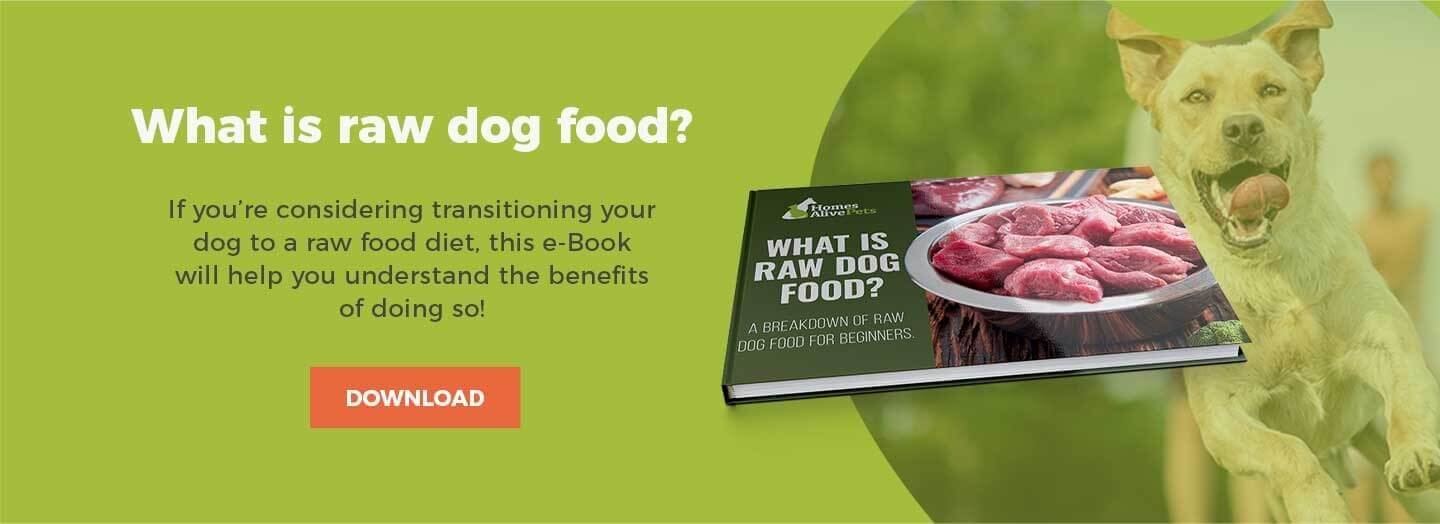
Did you know the food you feed to your dogs and cats can help keep them cool, among other things? In this article, we will show you how to use cooling foods for dogs to manage allergies, balance energy, and regulate body temperature, as well as information on cooling or warming your pup when they need it.
When we say that food fuels life, we mean it quite literally. The right dog food gives your pooch the nutrients that his body needs to function and thrive, but your pet's diet might be helpful in more ways than you know.
What is Traditional Chinese Veterinary Medicine?
The philosophy behind Traditional Chinese Medicine (TCVM) can be complicated, and it’s a very different idea from the western medicine practices that we are familiar with. We are going to break down how these traditional practices can be used to improve your pet’s health using their diet.
According to Traditional Chinese Veterinary Medicine, everything has a natural energy, or Qi (pronounced chee). In animals, this energy supports the overall function and health of the body.
We refer to these energies as cold or hot. Think Yin and Yang. Balancing these energies helps to promote better health. This means that if your dog has hot energy, then cooling foods can help balance his natural energy and, in turn, improve his overall health.
A Dog Food Energetics Breakdown
The goal of TCVM is to use their diet to create balanced or neutral energy that better supports their body. Foods have energy too. Foods can be cooling, neutral, warming, or hot. This is called food energetics.
By choosing foods that balance your dog’s qi, you can effectively address certain health issues. We want to focus on the benefits of cooling foods for dogs, as dogs with hot energy symptoms are more common than those with cold energy symptoms.
Plus, with soaring summer temperatures upon us, cooling foods can help to make your dog more comfortable and support them in regulating their body temperatures.
All foods fall somewhere on the spectrum of food energetics, but proteins typically have a greater effect. This is why it’s best to choose a protein first and then look at supporting ingredients like vegetables, fruits, and whole grains.
Let's look at the three main classifications of dog food energetics:
1. Cooling Food for Dogs
Cooling foods can be fed to dogs with hot energy to help balance that energy better.
Here are a few symptoms of dogs that may benefit from cooling foods:
-
- Severe allergies
- Chronic illness
- Anxiety
- Restless or hyperactive behaviour
- Overheating
- Inflammation
One of the most desirable aspects of cooling foods for dogs is their ability to reduce inflammation, which can contribute to several problems, including allergic reactions, digestive issues, arthritis pain, and overall skin and coat health.
Cooling foods can also have a calming effect on dogs. Dogs with hot energies are often easily excitable, anxious, or even aggressive. This is due to the restless nature of active or hot energy dogs. Feeding cooling foods can help to counteract those behaviours with more passive energy.
They can also come in handy for breeds that can't handle hot weather well. A cooling food can help a dog with typically hot energy feel a little cooler on a hot day. Cooling foods alone aren't enough to protect your dog from overheating. Try a dog cooling vest and limit the time spent outside on especially hot days.
Here are some cooling foods that are commonly found in dog food:

2. Neutral Food for Dogs
Neutral foods have little to no effect on your dog’s Qi. These are an excellent way to ensure a decent variety of ingredients and to soften a very hot or cool diet. Neutral foods can be fed regularly and mixed with warming or cooling ingredients to help balance your dog's Qi.
Here are some neutral foods that are commonly found in dog food:

3. Warming Food for Dogs
These foods increase body heat and inflammation and can even contribute to dehydration in a dog with naturally hot energy. Many warming and hot foods are some of the most common ingredients in dog food, so it’s no wonder so many pets are showing symptoms of hot energy. A hot diet, for example, includes hot foods like lamb, sheep, venison, and trout.
These foods can be helpful for dogs that have cold energies, though. Check out a few things you may notice in dogs that could benefit from warming proteins in their diet:
-
- Constantly cold or seeking out heat
- Low energy or stamina
- Shivering or shaking
- Shortness of breath (in more severe cases)
Here are some warming foods that are commonly found in dog food:

Spices can also have a warming effect. Supplements like turmeric, cinnamon, and ginger can contribute to hot energies. If you use these spices for their other health benefits, make sure you are also choosing cooling or neutral foods to feed with them.
Foods considered hot, like lamb, venison and spicy foods, will have a more significant effect on your dog’s energy balance than warming foods. They can be useful in dogs with cold dog food energy and can be fed during colder months to assist in handling extreme cold temperatures but should be avoided in a cooling diet.
Check out this in-depth food energetics chart for even more examples of cooling, neutral, and warming foods.
Finding the Right Balance
Qi is a spectrum. Some dogs may show minor hot energy symptoms, like skin issues or searching for cool surfaces to lie on, while others may have many more symptoms.
Check out this helpful article to learn more about how your dog's diet can affect their behaviour.
Feeding cooling foods for dogs is more of an art than a science, but remember that you are aiming for neutral energy. A dog that is closer to warm than hot will benefit from more cooling foods than warming, but that doesn’t mean that you can’t occasionally feed foods with warming properties. You want a balance of both to produce neutral energy.
A dog with very hot energy will need a more drastic diet change. Eliminating warming or hot foods and feeding only cooling or neutral foods may be necessary to correct the health issues caused by their hot energy.
Cooling Raw Dog Food
.webp?width=800&height=533&name=Raw-Food-@thecolliebrothers-(10).webp)
The nature of most commercial dog foods, like kibble, is a combination of many different ingredients. This makes it challenging to find good cooling food for your dog. You can choose cooling proteins for dogs, but the food will likely contain a few warming vegetables or grains.
The practice of food energetics works best with a raw diet. This is partially due to the quality of nutrients in raw dog food. Many cooked foods are subjected to high cooking temperatures or multiple processing practices, which can denature or destroy some ingredients and nutrients.
The more important reason raw diets are ideal for using food energetics to support your dog’s health is that you can choose a raw diet with way fewer ingredients, and the diets can be customized to suit your dog’s needs.
A whole prey raw diet will contain only meat, bone, and organs, with a small amount of produce or none at all. You can choose each ingredient in your dog’s diet and add your own ingredients to ensure that they follow your food energetics plan.
Trial and Error
Though Traditional Chinese Veterinary practices are unlike what we are used to in the west, many pet owners, holistic veterinarians, and nutritionists support these practices.
Balancing your dog’s energy will not happen overnight, and your feeding plan may require some tweaks and alterations along the way. Don’t get discouraged if you don’t see immediate results.
If you can use your dog’s diet to improve his health and behaviour, there’s no harm in trying it. Try one thing at a time and be consistent to see results. Changing too much at once will make it impossible to narrow down the successes.
Frequently Asked Questions
What are cooling foods for dogs, and why are they important?
Cooling foods for dogs are items that have cooling properties and help regulate body temperature and reduce inflammation. These foods can be great for dogs that struggle with hot weather, but are also useful for helping with allergies, hip and joint issues, and even immune function.
What types of foods are considered cooling for dogs?
Cooling foods for dogs often include water-rich fruits like watermelon and cucumber, as well as leafy greens, yogurt, and lean proteins like rabbit.
Can cooling foods replace proper hydration for dogs?
Cooling foods can contribute to your dog's hydration, but they shouldn't replace access to clean and fresh water.
Are there specific cooling foods that are best for dogs in hot weather?
Watermelon, cucumber, and cranberries are often considered excellent cooling treats for dogs. You can also offer iced treats made from cooling ingredients as a tasty treat to beat the heat.
Can all dogs tolerate cooling foods equally?
While most dogs can enjoy cooling foods, introducing new foods gradually and monitoring your dog for any problems, such as allergic reactions, is important.
Can cooling foods be given to dogs year-round?
Cooling foods are particularly beneficial during hot weather but can also be included in your dog's diet year-round for their nutritional value and to create balance.
.png?width=200&height=66&name=logo%20(1).png)



.jpg)
